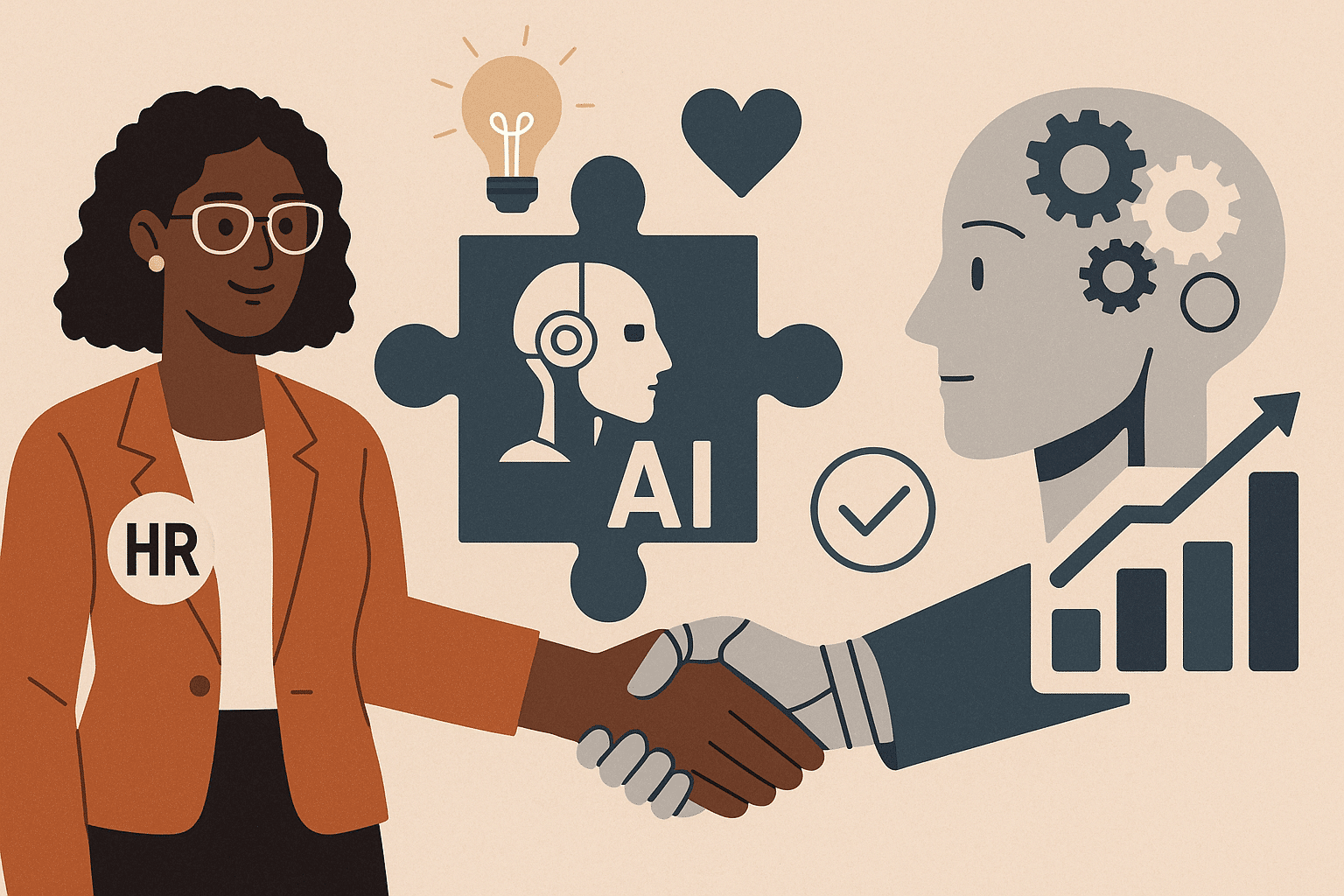
Introduction
Machine Learning, or apprentissage automatique in French, stands out as one of the most promising technologies of the 21st century. It falls under the umbrella of Artificial Intelligence (AI), enabling machines to learn from data without being explicitly programmed. Machine Learning finds applications in various fields, from finance to healthcare, automotive, and human resources management. In this article, we will delve into the fundamental principles of machine learning and its practical applications in the real world.
Basic Principles of Machine Learning
Supervised Learning
Supervised learning is one of the most common approaches in machine learning. In this type of learning, the model is trained on a set of labeled data, where inputs (features) are associated with outputs (labels). The model learns to predict labels for new data by generalizing the relationships learned during training. Example: Email Classification Imagine creating a spam filter to categorize emails as “spam” or “non-spam.” You can gather a dataset of labeled emails, where each email is marked as “spam” or “non-spam.” Using this dataset, you can train a classification model to predict whether new emails will be spam or not.
Unsupervised Learning
Unsupervised learning is another machine learning method where data is unlabeled. The model explores hidden structures in the data to identify patterns or similar groups. This can be used for customer segmentation, anomaly detection, data compression, etc. Example: Training Preferences Clustering A training department can use unsupervised learning to group employees based on their training preferences. By analyzing data on the training courses employees have taken and the types of courses they have expressed interest in, a clustering algorithm can be applied to identify homogeneous groups of employees with similar training interests. This allows personalizing training programs for each group.
Reinforcement
Learning Reinforcement learning is a learning paradigm where an agent interacts with an environment to learn to make decisions by maximizing a reward. The agent takes actions in an environment, observes the resulting rewards or penalties, and adjusts its strategy to improve performance. Example: Online Course Optimization Suppose you offer online courses to teach a specific skill to students. You want to optimize the learning sequence for each student to maximize their learning and understanding of the skill. Reinforcement learning can be used to customize training for each student. Each student is considered an “agent” in this learning environment, and the skill they need to acquire is their “goal.”
Initialization:
At the beginning, each student starts the course with little or no knowledge of the skill.
Exploration and Rewards:
Each student undertakes the course by following different learning sequences. As they progress through the course, the environment (the training system) assigns them rewards based on their performance, results in assessments, or engagement in learning activities. For example, if they succeed in quizzes or achieve certain intermediate goals, they receive positive rewards. Conversely, if they fail to understand certain concepts, they may receive negative rewards.
Learning:
Each student learns from their past experiences and received rewards. They adjust their learning path by favoring actions that earned them positive rewards and avoiding actions that earned them negative rewards.
Optimization:
Over time, students develop learning strategies tailored to their own abilities and learning styles. The reinforcement learning system continually adjusts the learning sequence for each student based on their performance and responses to rewards. This customizes the learning experience for each student and helps them acquire the skill effectively.
Applications of Machine Learning in the Real World
Machine Learning in Finance
The financial industry has widely embraced machine learning for data analysis and trend prediction. Machine learning algorithms are used to forecast stock market fluctuations, assess credit risks, detect financial fraud, and optimize investment portfolios.
Machine Learning in Healthcare
In the healthcare domain, machine learning has revolutionized medicine by assisting healthcare professionals in disease diagnosis, predicting treatment outcomes, and detecting anomalies in medical images. Massive medical data analysis also enables the discovery of new drugs and customization of treatments.
Machine Learning in Autonomous
Vehicles Autonomous vehicles have become a reality thanks to machine learning. Automated driving systems use sensors, cameras, and radars to collect real-time data about the environment and vehicles around them. This data is then processed by machine learning algorithms to make real-time decisions, ensuring safe and autonomous driving.
Machine Learning in E-commerce
E-commerce companies leverage machine learning to personalize product recommendations, improve recommendation systems, optimize prices based on demand, and detect fraudulent user behaviors.
Machine Learning in Human Resources Management
Machine learning is used to optimize recruitment processes by analyzing job applications and predicting candidates best suited for a position. Additionally, it can be employed to predict employee turnover and improve talent retention.
Challenges and Ethical Considerations
Despite its advantages, machine learning also presents significant challenges. One major concern is the issue of ethics. Machine learning models can be biased if trained on partial or biased data, leading to unfair discrimination or harmful decisions. Additionally, model interpretability is a crucial challenge. Machine learning models, such as deep neural networks, are often considered “black boxes,” making it difficult to understand how they arrive at their decisions. This raises questions about responsibility and trust in machine learning-based systems.
Conclusion
Machine learning offers unprecedented opportunities for businesses to solve complex problems, improve operational efficiency, and innovate in their operations. By understanding the basic principles of machine learning and considering practical applications in the real world, businesses can fully harness the potential of this transformative technology. However, it is essential to exercise caution and consider ethical implications throughout the machine learning adoption process. Ultimately, by integrating machine learning thoughtfully, businesses can gain a significant competitive advantage in the rapidly evolving digital economy.


